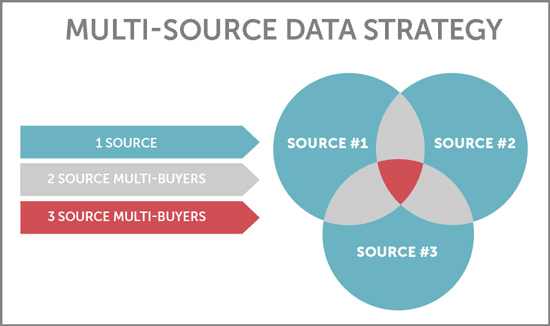Even the best marketing creative geniuses need a roadmap to point them in the right direction. In order to develop the most effective marketing materials that are spot on for your audience, your creative team needs the proper direction.
The starting point is providing them with a solid creative brief. Even when you think you are too busy, or your project timeline seems too short, resist the tendency to forego this important step. It’s the foundation of on-target creative. Having one can save time, money and frustration on needless rounds of revisions by establishing clear expectations for the work at hand and ensuring everyone is on the same page and working toward the same end result.
A good creative brief is clear but concise. It should be written—not handled verbally—so it’s available for future reference and less subject to interpretation or honest lapses in memory. It doesn’t have to be long, and it doesn’t need to include every last detail, but at a minimum, a meaningful creative brief should generally include the following elements:
Project Overview
Think of this as the short elevator pitch for the project. What is the product or service and who is offering it? Include brief, pertinent background on the provider and what has led them to this project.
Objectives
What do you want to achieve? For example, is the goal to generate leads or to make direct sales? Are you trying to beat an existing control or a certain response rate? Are there specific metrics that will make the communication successful, such as a target cost per lead or per sale, or a certain number of visits to a retail location or website? Is anything to be tested?
Target Audience
Here, include as much detail as possible. What are their demographics? Their needs and pain points? Are there any preconceptions about your product or service they might have? Have they already raised their hands as prospects? You might include any audience research from focus groups, surveys, or other sources.
Key Message/Tone
What are the main points to be communicated? What are the main takeaways you want the audience to be left with?
How should the message be communicated to match the personality of your company or the audience?
Unique Selling Proposition
What makes your product or service different? Why should the audience buy from or do business with you or your company? What problem needs to be solved for the audience and how can you solve it for them? Be sure to focus on tangible benefits and not just product features.
Call to Action/Offer
Exactly what do you want the audience to do? This might include call a toll free number, go to a website, return a reply card, redeem a coupon, visit a store, etc. What barriers might prevent them from doing this?
Is there a specific offer to be made as an incentive, or do you need suggestions for one?
Specific Deliverables
Exactly what is to be created and how many? What channels are to be used? For example: one email, two banner ads, a direct mail package, three print ads, etc.
Are there any format requirements or constraints? For instance, you might need a brochure that will fit inside a certain size envelope, or your printer may have specific size limitations on their equipment.
Are rough creative concepts or wireframes to be presented before creative is fully developed? Is a copy deck to be reviewed before design is started?
Timeline
It can be helpful to include interim steps and dates along the way, as well as the date for final deliverables.
Budget
In addition to the budget for creative development, if applicable, you might also want to address the production budget. While you don’t want to squelch creativity, a brilliant idea can’t be executed if it costs far more to produce than the budget will allow.
Along with the brief, it’s helpful to provide your creative team upfront with these items:
- Brand guidelines
- Any assets they will need such as logos, images, etc.,
- Legal requirements
- Samples of any relevant materials—good and bad—showing how this or a competing product or service has been marketed in the past.
If you are developing creative on behalf of a client, it’s wise to get their edits or approval on the brief before work starts. This will ensure a clear understanding of the project from both sides and help prevent costly and time-consuming changes in direction later.
While your talented creative folks are great at what they do, they are not mind-readers and they often don’t have the benefit of all the background you do. A good creative brief will make their jobs much easier and the end results will be the right communication for your audience. And isn’t that always the goal?





